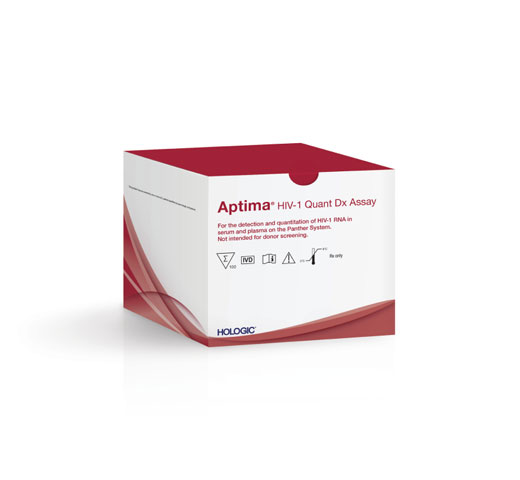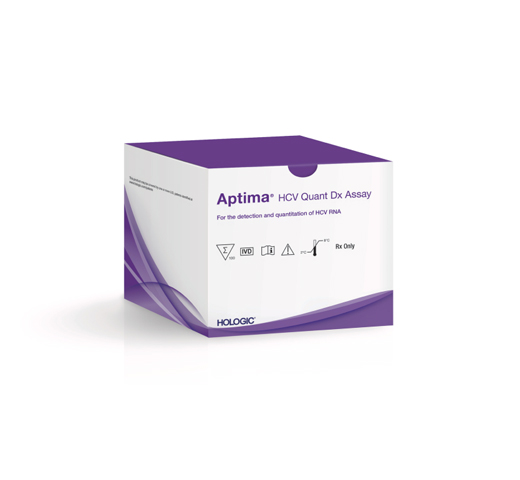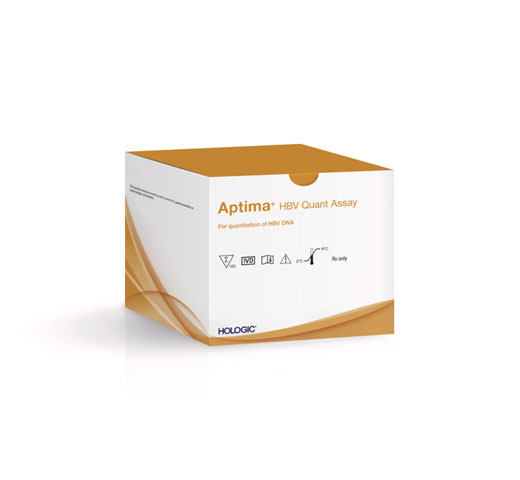White House Initiative Aims to Finally Eliminate Hepatitis C Infection

“It is rare to have the opportunity, using a simple and safe oral medication, to eliminate a lethal disease. But that is the situation facing the United States with hepatitis C.” 1
The 2024 White House budget proposal includes a bold plan to eliminate Hepatitis C virus (HCV) in the United States within five years of implementation.1 The initiative, if adopted, is long overdue, coming almost a full decade after direct-acting antiviral (DAA) therapies were first approved by the FDA and have since proved up to 95% effective in curing HCV infection with a single course of treatment.1 To support this national effort, public health laboratories can offer both superior diagnostic tools and education to providers tasked with caring for the hard-to-reach populations most affected by HCV.
Delivering treatment to the estimated 2.4 million Americans infected with HCV1 requires a multidisciplinary approach to overcome key socio-economic barriers. DAAs are costly, and the individuals most at risk for HCV infection are often on the fringes of routine healthcare access, where adverse mental health conditions, financial precarity, crime, and incarceration correspond with substance abuse, including intravenous drug use (IDU), which is the primary mode of HCV transmission.1,3,6
Approximately 1 million Americans chronically infected with HCV are unaware of their infection,1 partly because HCV often remains asymptomatic for years and may clear without treatment.2 But about 70% of infected persons will develop chronic infection, and up to 30% of that cohort will develop cirrhosis within 20 years if not treated.2 HCV is also a leading cause of liver failure and liver cancer, and approximately 15,000 Americans die each year from HCV related disease.1
The bottom line is that the cost of not diagnosing and treating HCV is higher than the cost of eliminating viral infection, and a number of local initiatives have shown that a multidisciplinary approach to financing, testing, and patient outreach can be replicated at the national level. One study in the Dallas County Jail system states that the prevalence of HCV infection (16.7%) warrants universal testing and counseling throughout the criminal justice system;3 both Louisiana and Washington experimented with subscription-based payment models (SBPMs) to lower drug cost;4 and a three-year program with a goal to eliminate 85% of known HCV infection within the patient population of the Cherokee Nation Health Services achieved that objective in its second year.5
One of the most compelling initiatives to date was conducted by the U.S. Department of Veterans Affairs (VA), which is the largest single care provider for HCV infection in the country. Beginning in 2014, shortly after FDA approval of DAAs, the administration took a holistic approach, including structuring payments to lower costs, leveraging non-physician personnel, psychological support for patients, and a communications campaign to encourage HCV testing. This outreach was then supported by an efficient, single-sample, and automatic confirmatory RNA NAAT assay regime, which contributed to greater than 97% patient adherence in 2015.6
Between 2014-2017, the VA treated 92,000 infected patients with a cure rate of 90%, and an article in the Annals of Internal Medicine (AIM) outlines the VA’s best practices and successes, sharing these with health care institutions nationally with the aim of reducing the HCV burden.6 Notably, many veterans share common social and psychological barriers to testing and treatment with other populations at risk for HCV infection. For instance, up to 30% of VA patients awaiting HCV treatment between 2014 and 2015 were unwilling or unable to initiate HCV treatment due to substance use, serious mental illness, documented nonadherence, unstable or uncontrolled medical comorbidities, and an inability to be contacted.1,3,6
Overcoming these barriers for at-risk populations requires a menu of strategies, but it is not surprising that the VA data reveal that simplifying testing and obviating the need for a follow-up patient visit for RNA confirmation fostered greater adherence. Relatedly, several states have advanced or implemented opt-out HCV screening for patients without asking about high-risk behaviors like IDU,7,9 and products like the Aptima® HCV Quant Assay support these efforts with accurate viral load and genotype detection for both confirmation and monitoring once treatment is provided.8
The White House initiative to eliminate HCV infection is achievable because a proven cure exists. It is essential that every patient receives the most comprehensive and efficient care possible when providers have access to them. In this effort, laboratories equipped with the latest diagnostic tools and information about HCV testing will be instrumental in finally eliminating this deadly virus.





